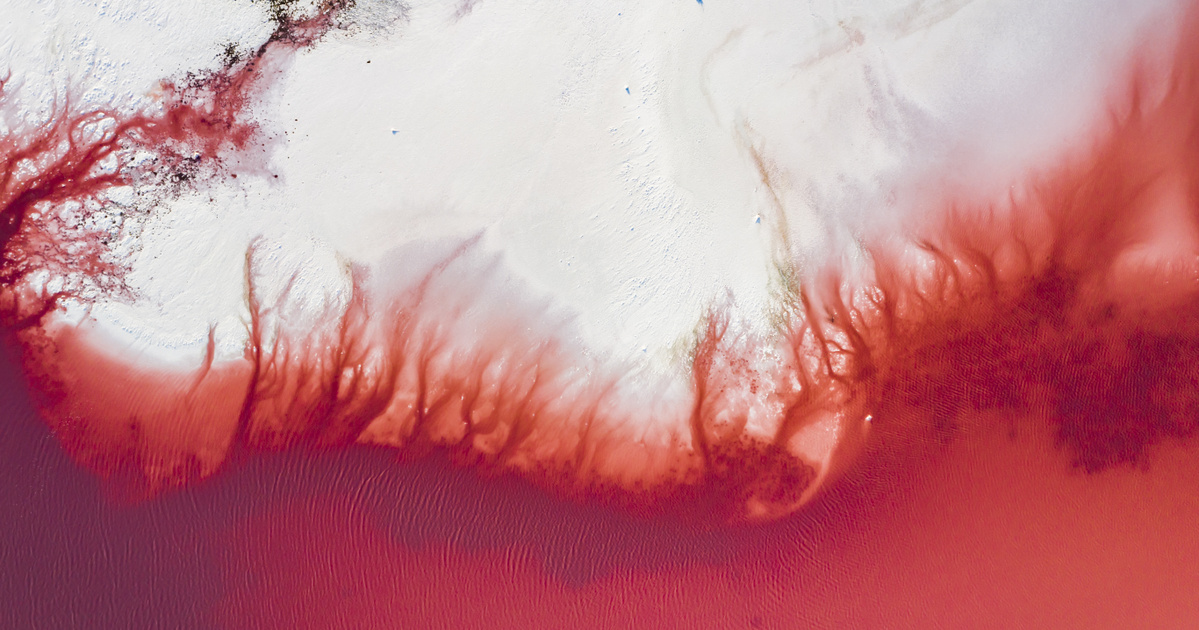Despite the vast distance, Mars' gravitational influence appears to create eddies in Earth's oceans, researchers from the University of Sydney and the Sorbonne University in Paris discovered in the journal Nature CommunicationsIn their article published in
The distance between the two planets constantly changes due to their orbits, but the average is 225 million kilometers. The reason for this phenomenon is the gravitational interaction, or so-called resonance, resulting from the orbits of the two planets, which makes the Earth approach the Sun every 2.4 million years. This warms Earth's climate, but it disappears as the planet moves away from the Sun – and it all starts again millions of years later.
The researchers looked at data collected by drilling over the past 50 years on sediments deposited in the deep ocean dating back 65 million years, and found that sediment deposition stops from time to time due to stronger ocean currents. All of this coincided with the resonance meeting between the two planets.
Based on the results, the researchers believe the circulation causes eddies to sweep across the seafloor as circulation intensifies in the planet's warming oceans. They were able to identify the effects of the vortexes by comparing them with images of craters and satellites.
At least two different mechanisms are known to contribute to mixing of deep sea water
Dietmar Müller, professor of geophysics at the University of Sydney, noted.
One such system is the Atlantic Meridional Current system, or AMOC. This flow has a major impact on the Earth's climate, transporting warm water from the tropics to the Northern Hemisphere like a conveyor belt – it is believed that this flow will disappear within a few decades, and because it will also stop the transport of oxygen, large parts of the ocean will become completely lifeless.
According to the lead author of the research, Adriana Dutkiewicz, warming ocean temperatures causes stronger currents, so the ocean would not have standing water even if the AMOC stopped.
The latest result contributes to building more accurate long-term climate models. However, researchers emphasized that the temperature increase caused by Mars has nothing to do with what we are currently witnessing, because it is caused by greenhouse gases released by human activity.
(Futurism, Interesting geometry, Live sciences)














































